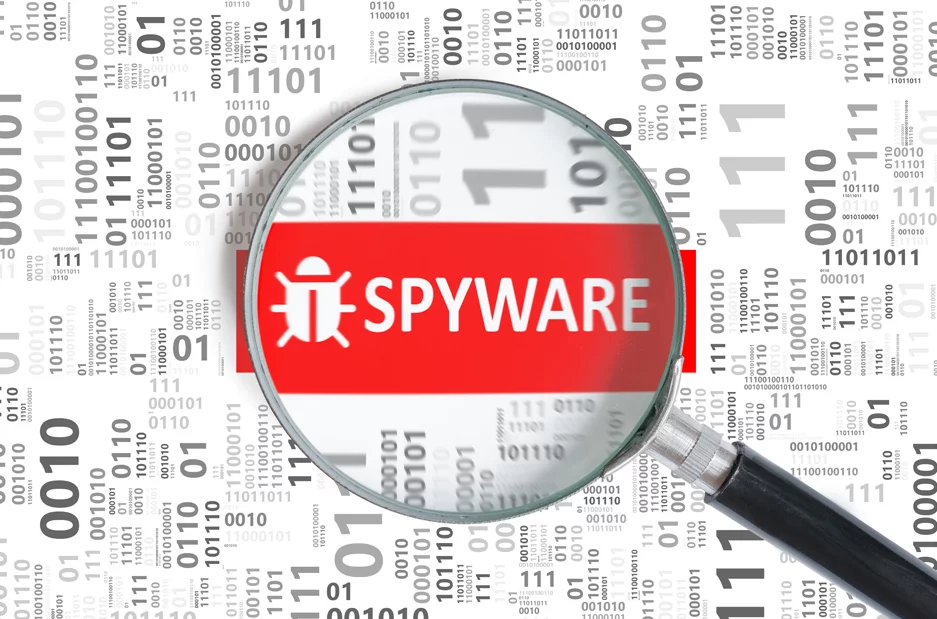What is SpyEye Malware?
History of SpyEye Malware
SpyEye malware was one of the most notorious banking Trojans targeting online banking for financial credential theft. First discovered in 2009, among the malicious capabilities of SpyEye were keylogging, theft of sensitive information, and injecting fake web forms to trick users into giving their personal data. The popularity came from the modular architecture, which allowed cybercriminals to modify the tool according to their purposes.

At the peak of its activities, SpyEye targeted all banking systems worldwide, affecting individuals and institutions alike. Its stealth capability made it a favorite of cybercriminals; hence, financial losses piled up.
SpyEye Malware Creators
For a long period, SpyEye operators remained anonymous; however, law enforcement finally located and arrested key persons behind the malware. Alexandr Panin was one of the main developers of SpyEye who was arrested in 2013. These arrests had an important implication for curbing the spread of SpyEye, but its legacy lives on: variants of the malware continue to circulate, underscoring the need for robust cybersecurity software and other protective measures, such as multi-factor authentication (MFA) tools, regular system updates, and cautious online behavior.
How to Remove the SpyEye Malware
Use Recovery Options into Safe Mode
Thanks to long research in the field by virus researchers, SpyEye malware removal is pretty easy. The overwhelming majority of high-quality anti-malware solutions are ready for detection and successful removal; some examples include Outbyte AVarmor Antivirus. If you suspect the described infection is present on your device, reboot your PC into Safe Mode with Networking. How to boot in Safe Mode with Networking:
- Press the Windows + I, select Settings. Then go to Update & Security > Recovery.
- Under Advanced startup, select Restart now.
- On the Choose an option screen, select Troubleshoot > Advanced options > Startup Settings > Restart.
- When your computer reboots, select F5 for Safe Mode with Networking.
Finally, using the recovery options, remove malware completely so that all leftovers of the virus and dependencies will be gone.
System Restore
System Restore is a Windows-embedded feature that can be used to roll your computer back to a previous point in time before the malware infection.
- Press the Windows + R to open the Run dialog box.
- Type
rstrui.exeand press Enter. - Follow the on-screen prompts to choose a restore point before malware was detected.
- Let the process complete and reboot your computer.
Refresh Your Computer
If System Restore doesn’t work, refreshing your computer is another option. This method reinstalls Windows while keeping your personal files intact.
- Open Settings and go to Update & Security.
- Click on Recovery and select Reset this PC.
- Choose the option to keep your files and follow the on-screen instructions.
How to Protect Your Computer Against SpyEye Malware
Following are the tips to avoid SpyEye malware along with other malware infection:
- Use a trusted antivirus: Outbyte AVarmor can make sure such threats are detected and removed real-time before they compromise your system.
- Try not to keep important data on your computer. Use a password manager or simply memorize login credentials rather than saving them on the device, especially banking ones. Keeping sensitive financial information, such as financial statements, on a secure cloud platform rather than locally can add an extra layer of security.
- Use a VPN: It anonymizes your internet connection, hence making it difficult for fraudsters to track your online activities.
- Keep software, browsers, and drivers updated: Regular updates include security patches that make your system less vulnerable. Driver updater utilities may help to keep all drivers up-to-date.
- Be suspicious of suspicious e-mails: A person should never click on links or attachments in an e-mail that appear suspicious because most malware gets propagated via emails.
People Also Ask
Read about popular Malwares in our blog:
What is the Vzwpix Email Virus?
FAQs
1. What is SpyEye malware?
SpyEye is a banking Trojan designed to steal sensitive information, including login credentials and financial data.
2. Can SpyEye infect modern operating systems?
While SpyEye focused on older systems, updated variants may still pose a threat to modern devices.
3. How do I know if my computer is infected with SpyEye?
For anything that looked suspicious, such as sudden pop-ups, unauthorized access to an account, or general slowing down.
4. Infection in your device with SpyEye: follow the malware scanning with some good and quality antivirus software.
You may go further by going to removal via System Restore or refreshing your PC.





